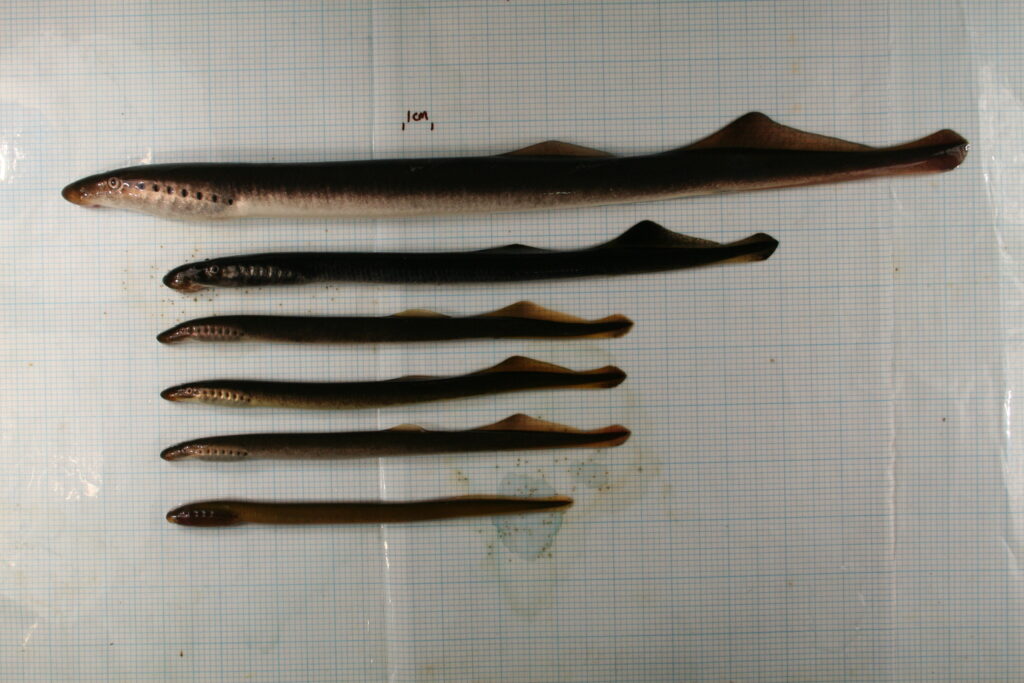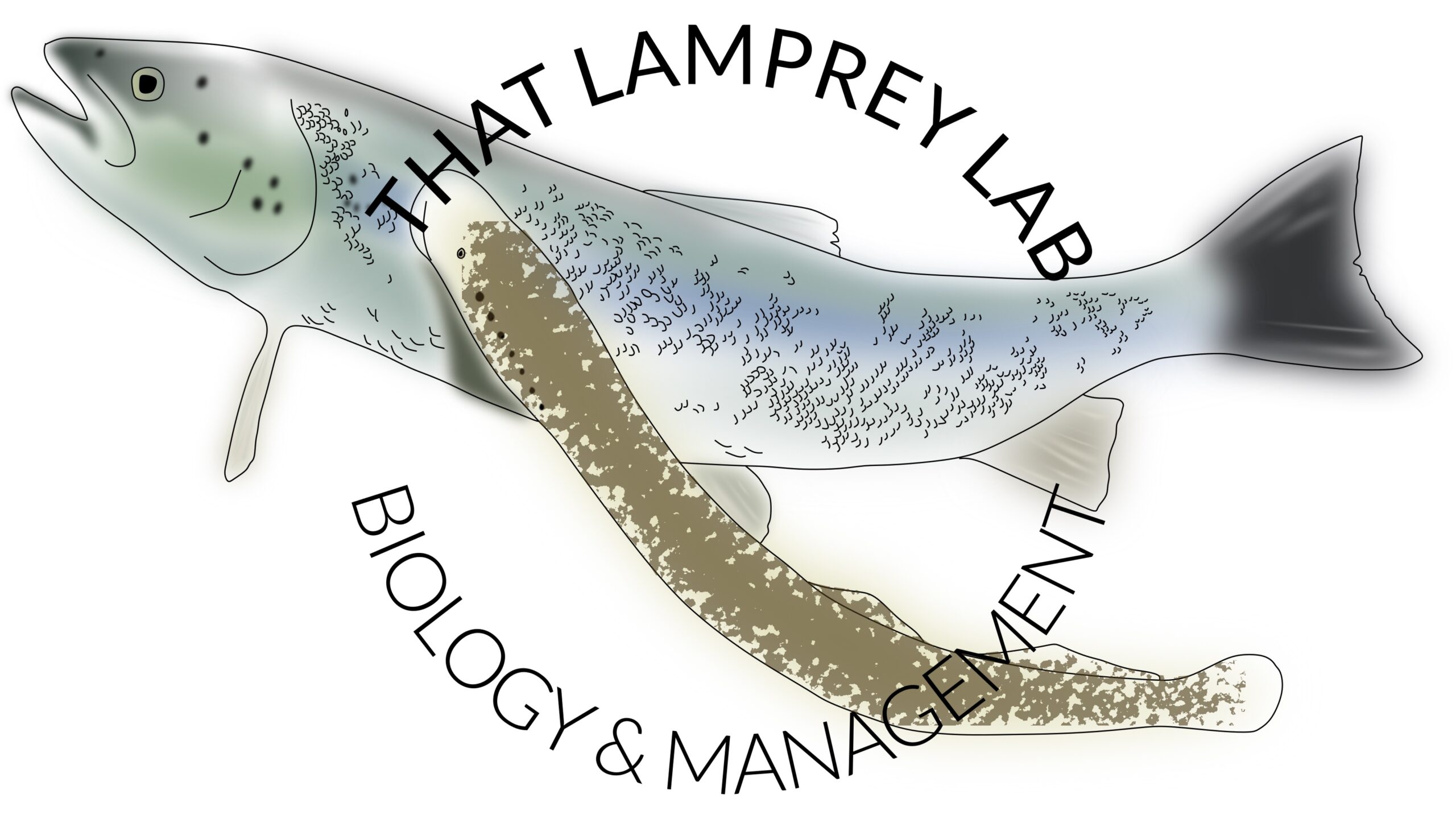Committed to improving our knowledge of lampreys to enable evidence-based and thoughtful stewardship of these most ancient fish
Our research group strives to find synergy between basic and applied research to address issues faced by lampreys currently and in the future, in regard to both their conservation and control. By employing methodologies from a range of disciplines – from genes to whole organisms – our goal is to better understand and raise awareness of lampreys as an important and valuable component of our natural world.
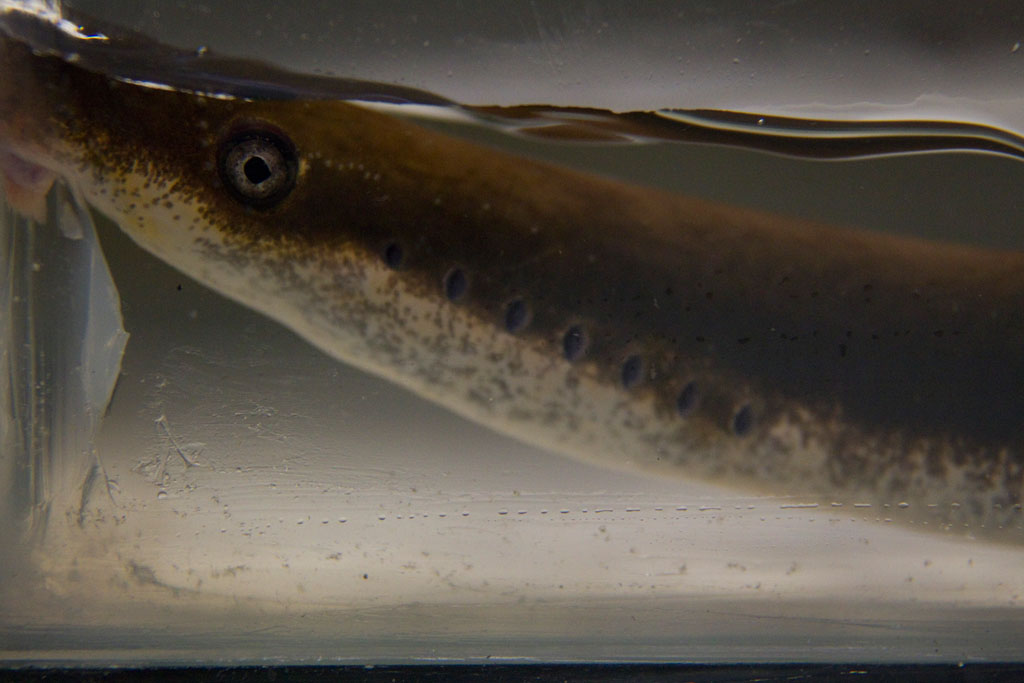
Current Projects, Interests & Collaborations
Our work and interests are broad and encompass everything from desk-based studies to lab-based experiments and fieldwork.
Sea Lamprey Aquaculture & Procurement (SLAP)
Sea lamprey in the Great Lakes are a severely injurious invasive species subject to extensive control efforts. In an effort to both provide animals for researchers and attempt to complete the lamprey life cycle in the lab for the first time, we are employing aquaculture methodology to develop rearing protocols and ask fundamental questions about lamprey biology.
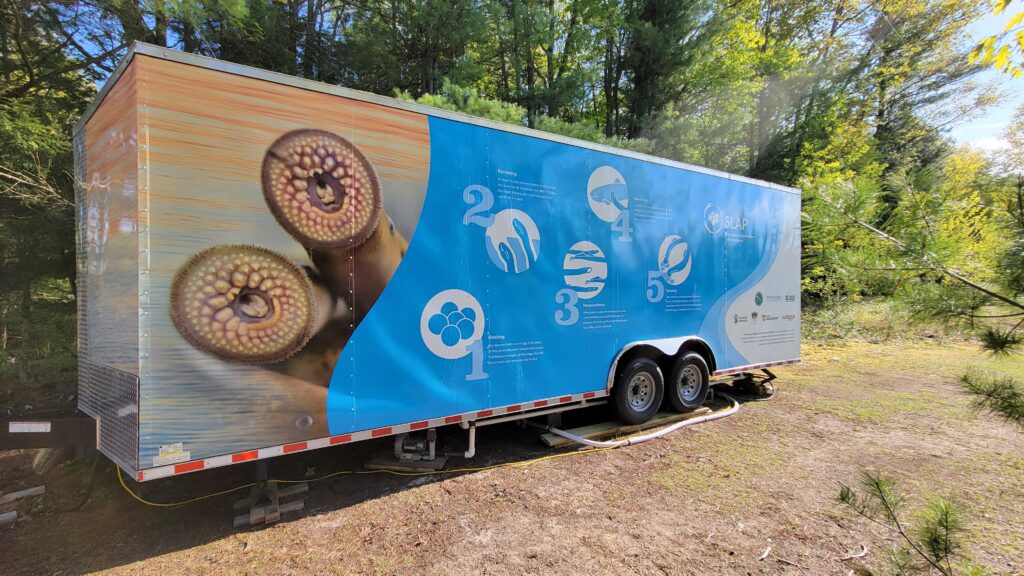
Assessing biased media coverage of lampreys
Lampreys capture the public’s attention because some species are parasites. Media portrayal of this foraging strategy is often strongly negative in tone (e.g., “gruesome”, “vampire”, “nightmare”) and sometimes factually inaccurate. This portrayal may alter public tolerance for lamprey presence in our freshwaters and impact management efforts globally. This project employs media content analysis to analyze the focus and factual accuracy of lamprey coverage by the media globally.

Lamprey distribution & conservation status in the US
There are ~15 lamprey species in the US and they have a broad geographic range in cool–cold water across 40 states, with some being anadromous. They are largely understudied outside of the Great Lakes, some are important to indigenous groups, and at least one has an active fishery. We are interested in State Wildlife Action Plans that list species in the US as being of Species of Greatest Conservation Need. The next SWAPs are due in 2025.
The extent lampreys are listed as being of conservation concern at the state level and what, if any, management actions there are to protect them are not well known. Mapping lamprey distributions and the extent to which they are protected across their native ranges is the focus of this effort.
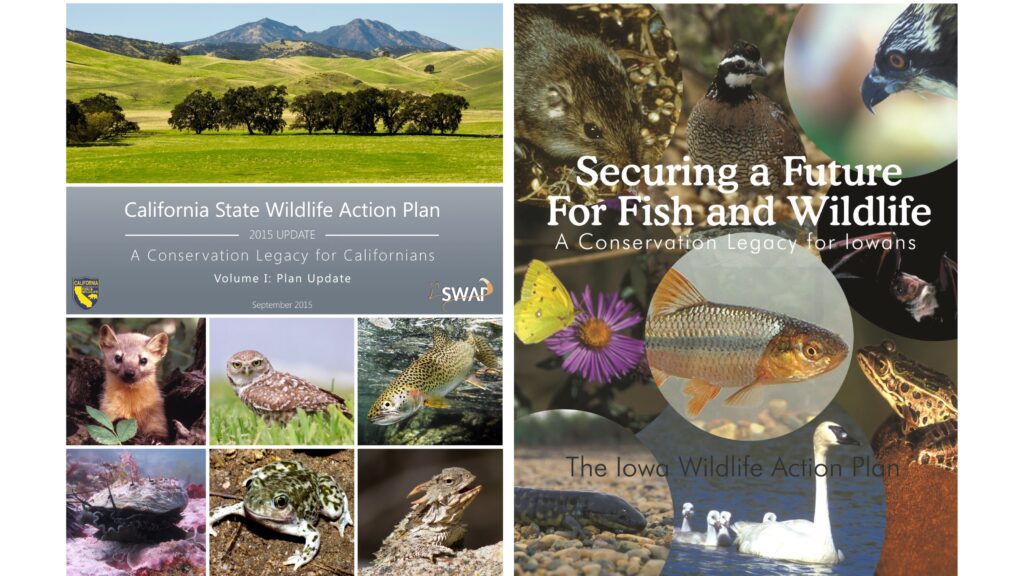
Previous Projects
Sex ratio of sea lamprey in the Great Lakes
The operational sex ratio of animals is of critical importance in their biology and management. Sea lamprey in the Great Lakes have been subject to a concerted control effort for over 60 years to suppress their population size, and there has been an apparent response to this in the form of a shift in sex ratios from male-bias pre-control, to female-bias post-control. In this study we sampled sea lamprey through ontogeny across 10 tributaries of Lake Michigan to empirically determine their sex ratio during the larval, juvenile, and adult life stages. We then used these data in a stochastic age-structured population model to forecast the effect of adult sex ratios on control tactics, and attempt to reconcile larval and adult sex ratios to better understand sea lamprey biology.
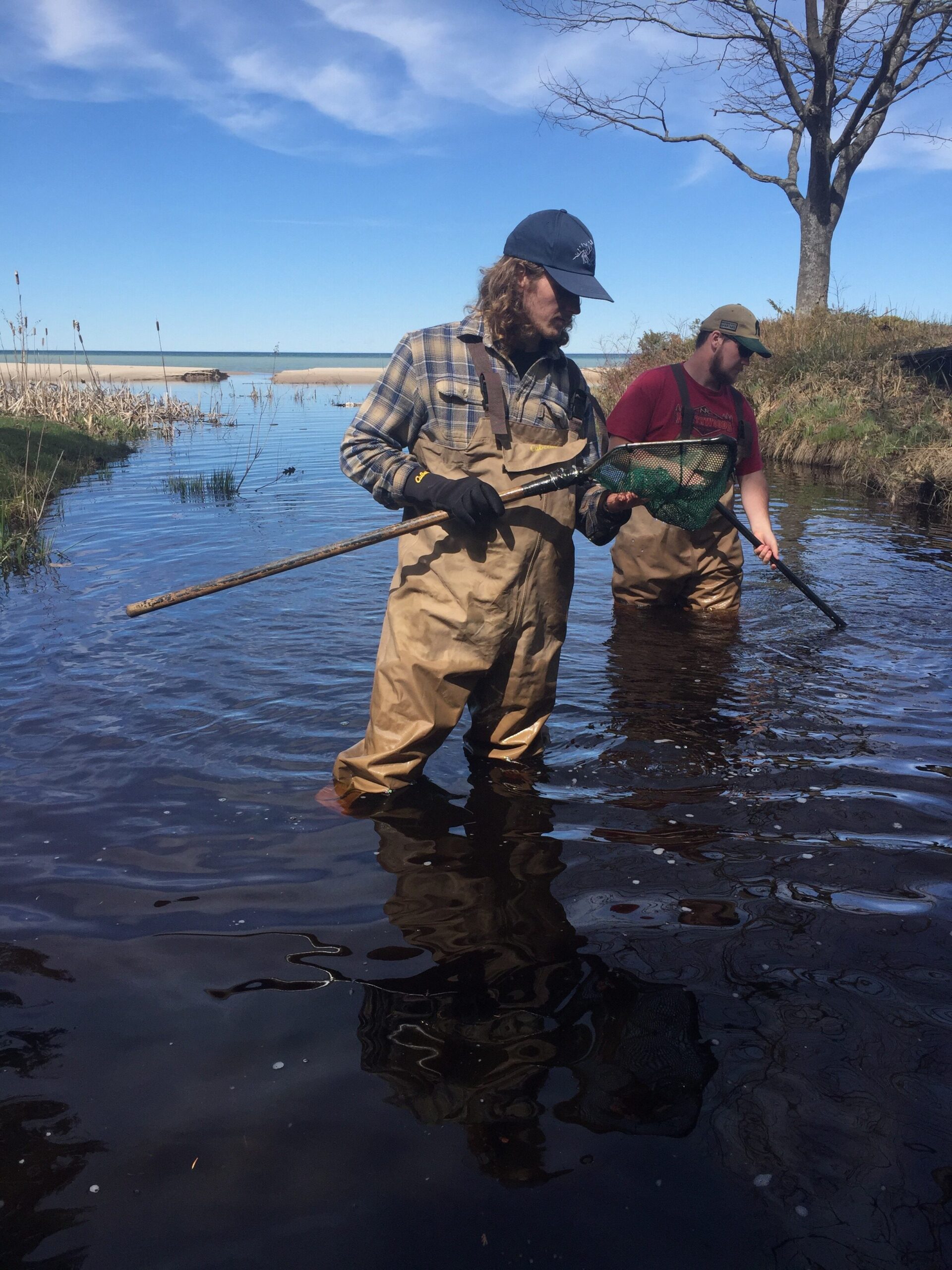
Development of selective fish passage in the Great Lakes
Restoration of native fishes that spawn in Great Lakes tributaries are hampered by the necessity of restricting sea lamprey access to similar spawning habitats with in-stream barriers. Our goal was to establish the feasibility of “selective fish passage” as a mitigating solution to this problem; by developing criteria whereby sea lamprey upstream movement remains restricted while permitting the passage of native species through a barrier Using a combination of chemical (an alarm cue) and physical features (anguilliform body shape) we were able to determine criteria useful for selectively removing sea lamprey from a mesocosm operated within a natural spawning river.

Testing trap-based control of Great Lakes sea lamprey using chemical cues
Sea lamprey in the Great Lakes are controlled using a combination of pesticides and barriers that threaten the persistence of non-target stream organisms as a result of direct mortality, habitat degradation and fragmentation. One way to reduce non-target effects is to manipulate the distribution of sea lamprey as they move upstream habitats and remove them mechanically (i.e., capture them in traps). This tactic is possible by taking advantage of the species’ over-reliance on olfaction while it migrates: females are receptive to a partial sex pheromone emitted by males that acts to attract them to relatively small areas in the river, and they also avoid the odor of injured or dead sea lamprey, and do so by swimming rapidly out of that odor plume. Presenting these odors to sea lamprey during natural migrations in rivers was found to increase trap encounter rates both at barriers and within open sections of a stream.
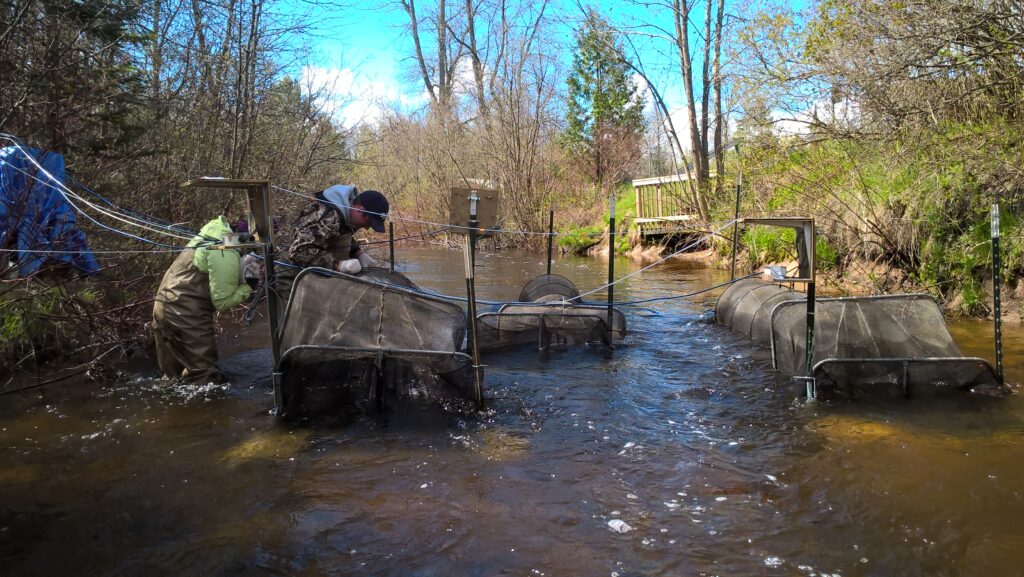
Evolutionary ecology of lamprey ‘paired species’
Morphological and genetic similarities between pairs of parasitic and non-parasitic lampreys have led to taxonomic confusion regarding the specific status of many non-parasitic forms, and the suggestion that the loss of the trophic adult phenotype is the result of a single species capable of producing alternative life history strategies. Some lampreys, such as the European river lamprey, are morphologically variable, exhibiting divergent phenotypes in response to ecological pressures, such as alternative foraging environments. Loch Lomond, Scotland contains a population of lamprey that feeds exclusively in the lake and exhibits a reduced body size and an overall morphology distinct from the typical anadromous form of European river lamprey. This project employed a combination of ecological, behavioral, taxonomic and molecular studies, to robustly examine the evolutionary ecology of parasitic and non-parasitic lampreys.
